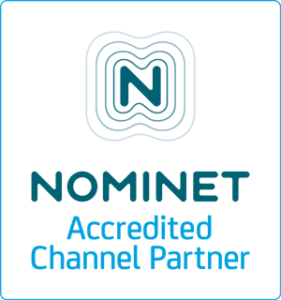
Service standards and best practice
We’re always moving forwards with ITIL based operations combined with ISO accreditation. ITIL (Information Technology Infrastructure Library) defines the goals for best practice and ISO accreditation verifies achievement.
Industry leading technology
Of course, technology is constantly changing and being the best is always a moving goal. We’re fully committed to investing in the latest technological and operational improvements – systems, training, and processes. We fully endorse continual service improvement (CSI as it’s known in ITIL). And there’s no point in reinventing the wheel either.
Working in partnership with you
Furthermore, we see our relationship with our clients as a full partnership. Very often we compliment your existing internal IT team. We want to be sure that our IT support services meet, or even exceed, the same stringent standards as you have yourselves, and we want to be able to link with your own processes as seamlessly as we can.
How our service standards benefit you
Having mature and clearly defined processes, supported by the best systems currently available, means that we can be consistent, thorough, efficient and keep our costs down. These are benefits we can pass onto you.
- Evolution in service quality
- Improved productivity for your business
- Availability of technical skill and knowledge
- Reduced costs passed onto you
- Clear expectations set and reliably met
- Integration with your own business and ICT processes
- Improved satisfaction with ICT throughout your organisation
- Boxes ticked with your own efforts to achieve compliance with your ICT

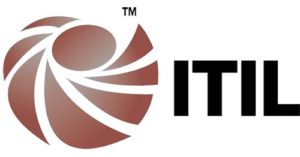
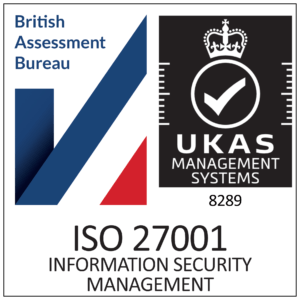

The four key operations in support management
In order to be able to deal with IT support in the most efficient and timeliest way we can, we break support requests down into four operations. Each has its own unique process behind the scenes but is fronted by our straight-forward ticket management system.
1. Incident management
This is the bread-and-butter use of an IT support Service Desk – an unplanned interruption to the functioning or usage of your ICT Systems, or a degradation. It can also be a technology failure that hasn’t been noticed by any of your staff yet (see our 24×7 monitoring).
2. Problem management
A “problem” is defined as the root cause behind one or more incidents / outages – it’s all about getting to the bottom of what is causing any issues you’re having with your ICT (Root Cause Analysis). Even once you’re up-and-running, we undertake problem management behind the scenes to ensure that it can’t happen again. This may result in us offering advice on how you can improve ICT resilience in future.
3. Request management
This covers the processes where you come to us for advice or for help with changes to your systems – changes to security, new users starting and so on – not actually a failure or problem.
4. Event management
Keeping an eye on what is going on with your ICT can be a mammoth task due to the sheer volume of events. Unfortunately it is a critical activity, too. We offer remote monitoring and management.
This takes the pain from you, by ensuring that critical events are spotted and acted-on, so many problems are resolved before they have an impact. This makes a huge contribution to the reliability and performance of your systems, as well as improving security.
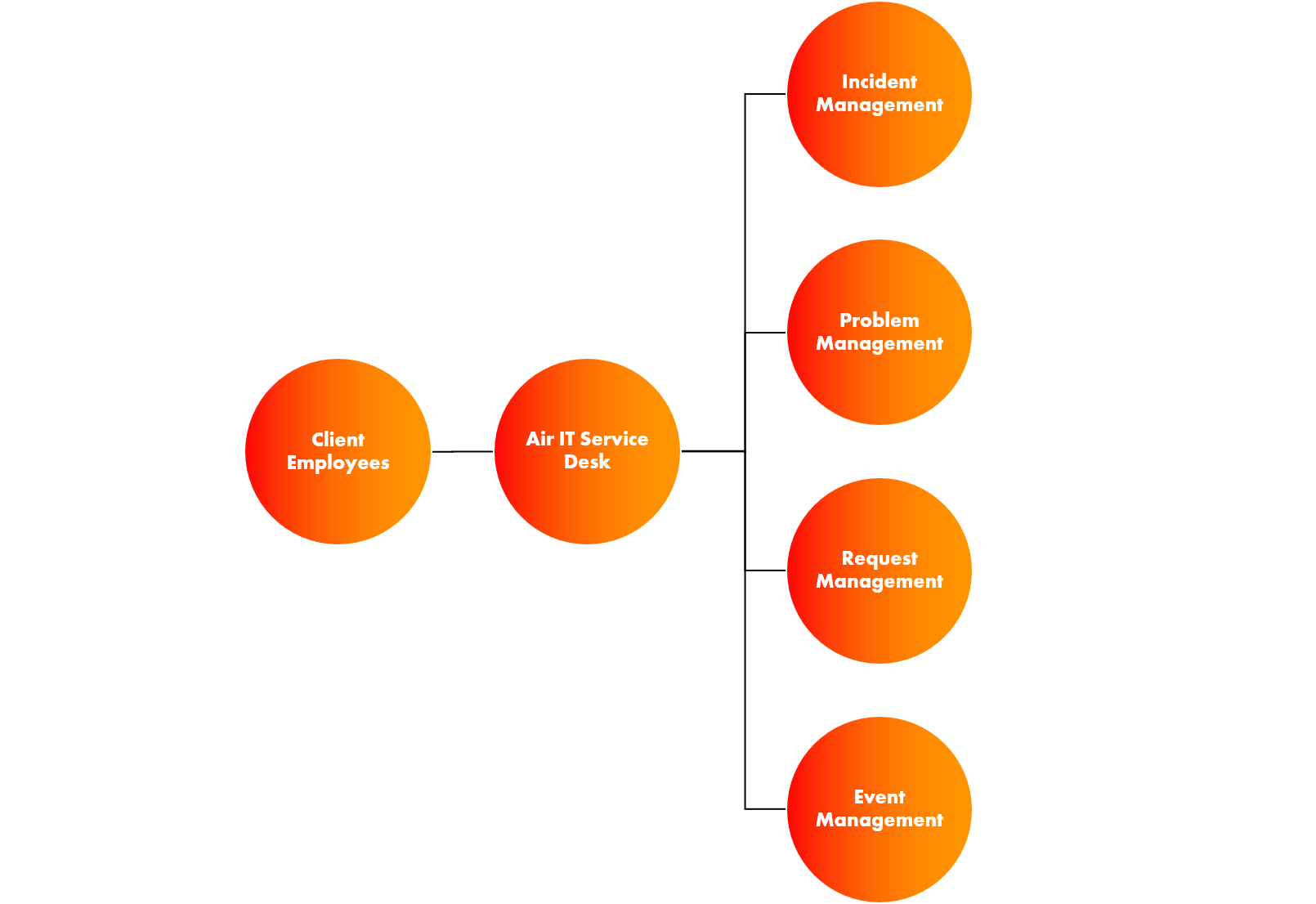
Staying the best in service management
There are three core aspects that contribute to this, and ensure that we can offer the best IT support service possible, and stay in alignment with industry best practice.
1. The ITIL Service elements
By following the life-cycle of the ITIL elements we ensure that our service is properly devised and undertaken using best practised and experiential wisdom and that is best suited for us and our clients. The four service elements connect as follows: service strategy leads to service design, which leads to service transition, resulting in service operation.
2. Continual improvement
Continual Service Improvement is also an aspect of ITIL management. It binds all four service elements together into a cyclic process, so that service operation is renewed and leads to a new cycle of service design and the chain of elements begins again.
3. Investment, passion and being inquisitive
We love business intelligence and reporting tools. They allow us to see our processes in new ways and ask ourselves all sorts of awkward questions about what we do and how we do things. This is a part of our passion – we love to grapple with ways to do things better.
When we’ve identified something we can improve, we are quick to change too, and we’re not afraid to make the investment needed in training, operations or our systems to allow us to move forward.
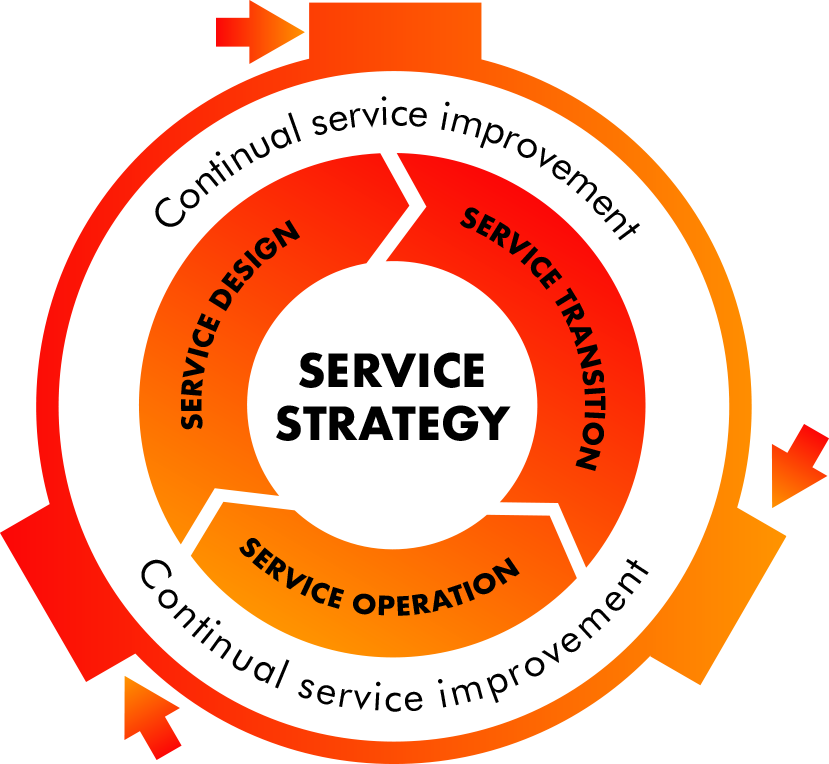
High Five
How we performed in July 2025

0 %
Calls Answered Within 15 Seconds

0 hr
Average Time to Respond

0 hr
Average Time to Resolution

0 %
First Contact Resolution

0 %
Customer Satisfaction
Arrange a FREE IT audit to get the most from your systems






